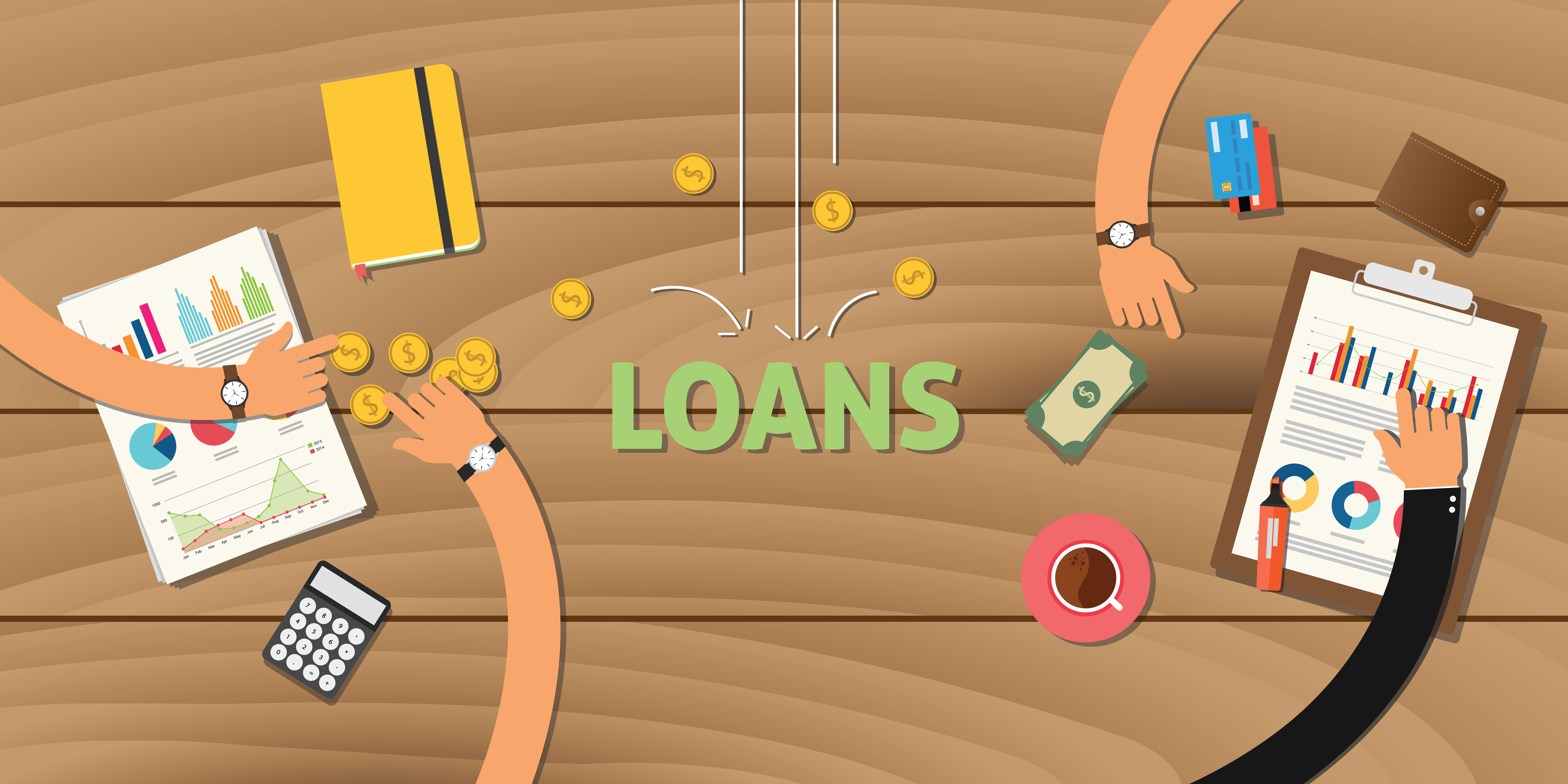$300 Payday Loan – How to Get It Wisely
Every so often, you run into a situation where you need a few hundred extra dollars fast—maybe for sudden car repairs, an urgent travel expense, or unexpected work equipment. In such moments, a 300 dollar payday loan can provide a temporary lifeline until your next paycheck. While these loans often come with higher fees or interest rates, they can be worth it if used responsibly and repaid promptly. Below, we illustrate how a small payday loan can positively impact your finances when approached with a clear strategy and purpose.

Case Study: Penny’s Story
Take Penny, for example—a pharmaceutical sales rep constantly on the road in Los Angeles, Sacramento, and San Francisco. Her monthly targets require her to maintain detailed presentations on her laptop, which unfortunately broke down just five days before month’s end. Without it, she risked missing her quota (and bonus) by not signing the additional five clients she needed. Having already used up her company expense money, Penny secured a $300 payday loan in order to buy a budget-friendly replacement laptop. With her device back up and running, she managed to close deals with the five extra clients, meeting her quota. The following points stand out:
- Emergency-Driven: Penny used the loan solely to remedy an urgent situation—a broken laptop—and not for nonessential purchases.
- Quick Repayment: She repaid the $300 loan plus fees (a total of $381) as soon as she received her paycheck. This approach minimized accumulating additional interest or late fees.
- Cost-Benefit Analysis: While the loan cost her $81 over the principal, it more than paid off—securing her monthly target and a subsequent bonus.
In short, Penny’s example proves how a payday loan can function as an investment in maintaining or increasing income, rather than a frivolous splurge.
Who Else Could Benefit from a $300 Payday Loan?
Small business owners and freelancers often find a quick cash infusion crucial to capitalize on unexpected opportunities. For instance, a local bakery owner might need a few hundred dollars’ worth of extra supplies for a large wedding cake order. A payday loan could cover these costs, allowing them to fulfill the order, delight the clients, and earn more revenue.
Of course, spending more on fees and interest than necessary is never ideal. Yet, in certain scenarios, short-term borrowing can unlock additional profit—far outweighing any loan costs.
Key Insights on $300 Payday Loans
1. Reserve Them for Emergencies
Payday loans are designed to handle urgent bills, unexpected fixes, or time-sensitive investments in your business or work. This ensures that the cost of the loan is justified by its benefits.
2. Repay Promptly
Penny repaid her loan on the next payday to limit her interest and fees. The longer you delay repayment, the more expensive the loan becomes, especially if your lender charges weekly fees.
3. Borrow Only What’s Essential
Rather than seeking a larger loan for a high-end laptop, Penny kept it basic. This principle applies to all payday loans—take only what you absolutely need. Borrowing more means higher fees and a steeper repayment schedule.
4. Check State Regulations
Many regions limit the maximum payday loan amount or cap fees and interest. For instance, some states might restrict loans to $700 or 30% of your gross monthly income to help borrowers avoid over-leveraging.
Why Payday Loans Get a Bad Rap

Critics often mention high interest rates, fees, and the risk of a “debt trap” when discussing payday loans. While these concerns can be valid, they don’t tell the entire story. Many borrowers, as demonstrated by Penny, treat these loans as quick fixes for genuine emergencies rather than long-term financial solutions. Under the regulatory eye of bodies like the Federal Trade Commission, the payday loan sector faces checks that aim to protect consumers from overly predatory practices. Still, individual responsibility and caution remain paramount.
Making the Most of a $300 Payday Loan
Used properly, a small payday loan can free you from immediate financial woes or let you seize a profitable business opportunity. Here are some practical tips:
- Compare Lenders: Even a slight difference in fees can add up, so shop around for the best rate.
- Analyze the ROI: Consider whether the loan will generate income or purely cover a gap. If it’s the former, your effective cost may be offset by higher earnings.
- Build an Emergency Fund: Although convenient, payday loans shouldn’t become a habit. Try gradually saving to rely less on external financing for small crises.
Conclusion
A $300 payday loan can serve as a powerful stopgap for financial emergencies, allowing you to handle urgent needs without tapping personal savings or compromising larger financial goals. The key to success lies in using the funds judiciously—aiming them at genuine necessities or lucrative opportunities—and paying them back as quickly as possible. By following Penny’s example and borrowing only what you need, you can ensure that a short-term loan remains a positive tool in your financial toolkit, rather than a source of prolonged debt.
Last updated on
 Chris Miller
Chris Miller 



